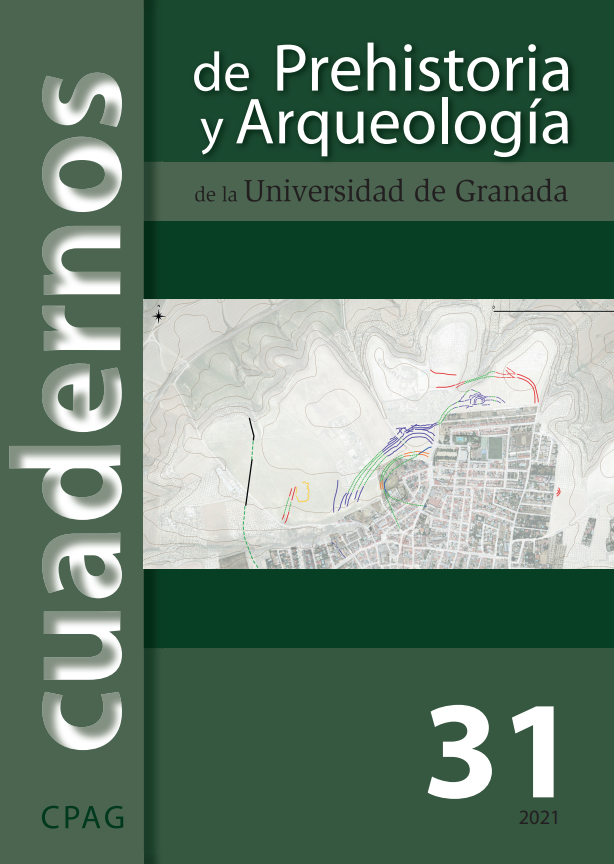PROTOHISTORIC LANDSCAPES IN SARDINIA (ITALY): TERRITORIAL CONTROL AND EXPLOITATION OF NATURAL RESOURCES IN THE MIDDLE AND LATE BRONZE AGES
Main Article Content
Abstract
During the Bronze Age, in many Western Mediterranean areas (Spain, France, Italian peninsula, islands), we can observe the development of a series of fortified centers and structures, often on high places, aimed to the defense of strategic locations and resources. These fortifications, which began to be built from the Copper Age, are the answer to a need for possession and control of the territory linked to a greater degree of social complexity, with an ever-increasing hierarchy and the rise to power of persons or groups who very often show the possession of weapons and, consequently, can be related to warlike activities. In Sardinia, Nuragic phenomenon developed during Protohistoy: an extraordinary culture ranging from the Middle to Late Bronze Age (XVIII-XII centuries BC), some of whose features could last from Final Bronze Age until the beginnings of Iron Age (XI-VIII centuries BC), characterized by the building of great monuments, especially nuraghi, cyclopean-type constructions similar to towers. These great buildings have multiple functions, but in particular were used to surveil the whole island territory. We have mainly carried out different GIS analyzes on different sample areas with the aim to reading the visual-perceptive aspects and to try to research about the relationship between settlements and territory and the mobility systems across different territories through the applying of the least-cost path analysis. Reconstruction of certain characteristics of Sardinian Protohistoric Landscape in these areas is achieved. GIS-based analysis show how these territorial control systems, consisting of several nuraghi and settlements, were intended to control the most important natural and economic resources and transit routes.



